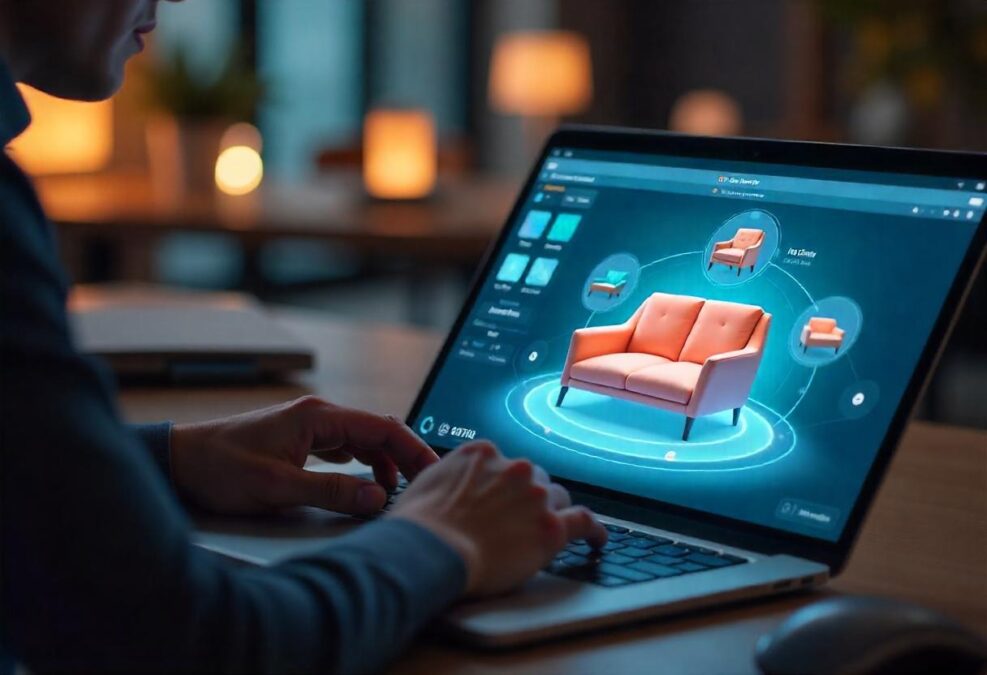In today’s fast-evolving retail landscape, showroom software is quietly becoming one of the most profitable tools for brands and retailers looking to bridge the gap between physical and digital commerce. By allowing businesses to create interactive, data-driven, and immersive shopping experiences, this technology not only enhances customer engagement but also drives measurable increases in conversion rates and sales efficiency. For companies striving to stay ahead of the curve, showroom software is no longer a futuristic concept—it’s a competitive necessity.
The Rise of the Digital Showroom
The traditional showroom—a beautifully designed physical space where customers can explore products, ask questions, and build trust—has long been central to the retail experience. But with the rise of e-commerce, changing consumer habits, and the demand for personalized experiences, the showroom is being reinvented for the digital age. Showroom software enables retailers to digitize this environment, offering a virtual or hybrid space where customers can browse products in 3D, view live demonstrations, interact with sales reps via video chat, and even make purchases directly within the platform.
Unlike static online stores, these digital showrooms create an experience that’s both immersive and informative. Whether it’s a luxury furniture brand allowing customers to visualize how a sofa fits in their living room, or an automotive company offering virtual test drives, showroom software is giving businesses the power to sell experiences, not just products.
A Data-Driven Sales Revolution
Beyond creating visually appealing presentations, showroom software offers something even more valuable: data. Every customer interaction—from clicks to viewing times to product comparisons—can be tracked, analyzed, and leveraged. This gives sales teams unprecedented insight into buyer intent, helping them tailor their pitches and follow-ups with precision.
For instance, a B2B wholesaler can use showroom analytics to see which products a client viewed most often and send personalized recommendations or pricing based on those insights. In the B2C space, retailers can identify which digital touchpoints are driving the most engagement and adjust their marketing accordingly. The result is a smarter, more efficient sales process that saves time and increases closing rates.
Bridging the Physical and the Digital
One of the most transformative aspects of showroom software is its ability to merge online convenience with the sensory appeal of in-person shopping. Retailers are increasingly adopting hybrid strategies—using digital showrooms to complement physical spaces rather than replace them.
Take, for example, an automotive brand using a virtual showroom to allow customers to configure their dream car online. When they visit a physical dealership, that data follows them, and a sales associate can instantly pick up where the customer left off, making the experience seamless. Similarly, furniture retailers can let customers preview product designs at home through augmented reality before visiting the store to finalize their purchase. This omnichannel harmony creates a consistent, connected brand experience that fosters loyalty and trust.
Empowering Sales Teams and Retail Partners
Showroom software isn’t just for end customers—it’s a powerful internal tool as well. Sales teams can use it to host live product demonstrations, organize catalogs, and share interactive presentations with clients across the globe. Distributors and franchise partners can also benefit by gaining access to updated product lines, marketing materials, and real-time inventory information through a centralized digital portal.
This streamlined communication reduces errors, accelerates decision-making, and ensures brand consistency across multiple locations. In industries such as fashion, automotive, or home decor—where visuals and storytelling are critical—this technology can dramatically improve collaboration and operational efficiency.
Sustainability Through Digital Transformation
Beyond profits and performance, showroom software also supports sustainability—a growing priority for modern consumers and corporations alike. By digitizing samples, reducing the need for printed catalogs, and cutting down on travel for product demonstrations, companies can significantly lower their carbon footprint.
For global brands that typically ship prototypes or samples worldwide, digital showrooms can replace the need for physical mock-ups altogether. The environmental and cost savings are substantial, aligning with corporate social responsibility goals while appealing to eco-conscious buyers.
The Future: Immersive, Intelligent, and Integrated
As emerging technologies such as artificial intelligence, virtual reality, and 3D rendering continue to advance, the capabilities of showroom software will only expand. Imagine a future where AI-powered recommendations guide buyers through customized digital showrooms, or where virtual reality allows customers to “walk through” a store from the comfort of their living room.
Integration with CRM systems, ERP software, and marketing automation tools will make these platforms even more powerful, allowing every stage of the buyer journey—from awareness to purchase—to be tracked and optimized in real time. The result will be a retail ecosystem that’s not just reactive, but predictive and adaptive.
Final Thoughts
Showroom software represents far more than a digital trend—it’s a fundamental shift in how businesses connect with customers, sell products, and scale operations. By blending immersive experiences with actionable insights, it enables companies to create smarter, more sustainable, and more profitable retail strategies.
In an era where attention spans are short and competition is fierce, the brands that thrive will be those that turn shopping into an experience worth remembering. And with showroom software at the heart of that transformation, the future of retail looks not only digital—but dynamic, personalized, and deeply human.
You may also read: Confidence and Connection


